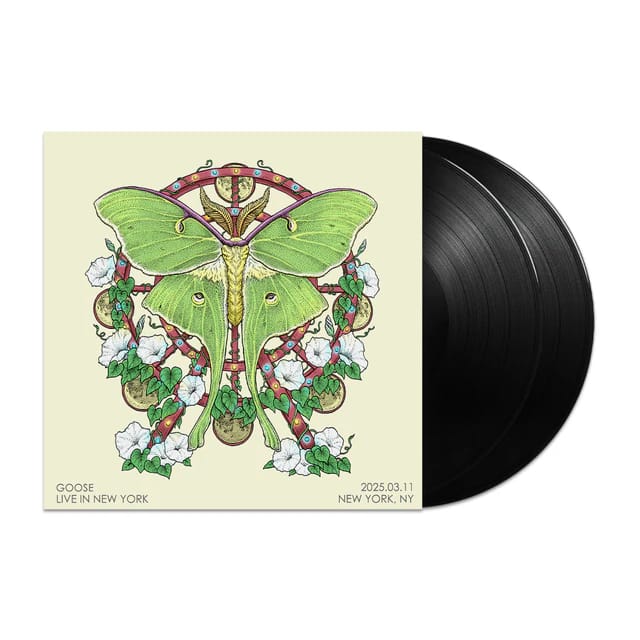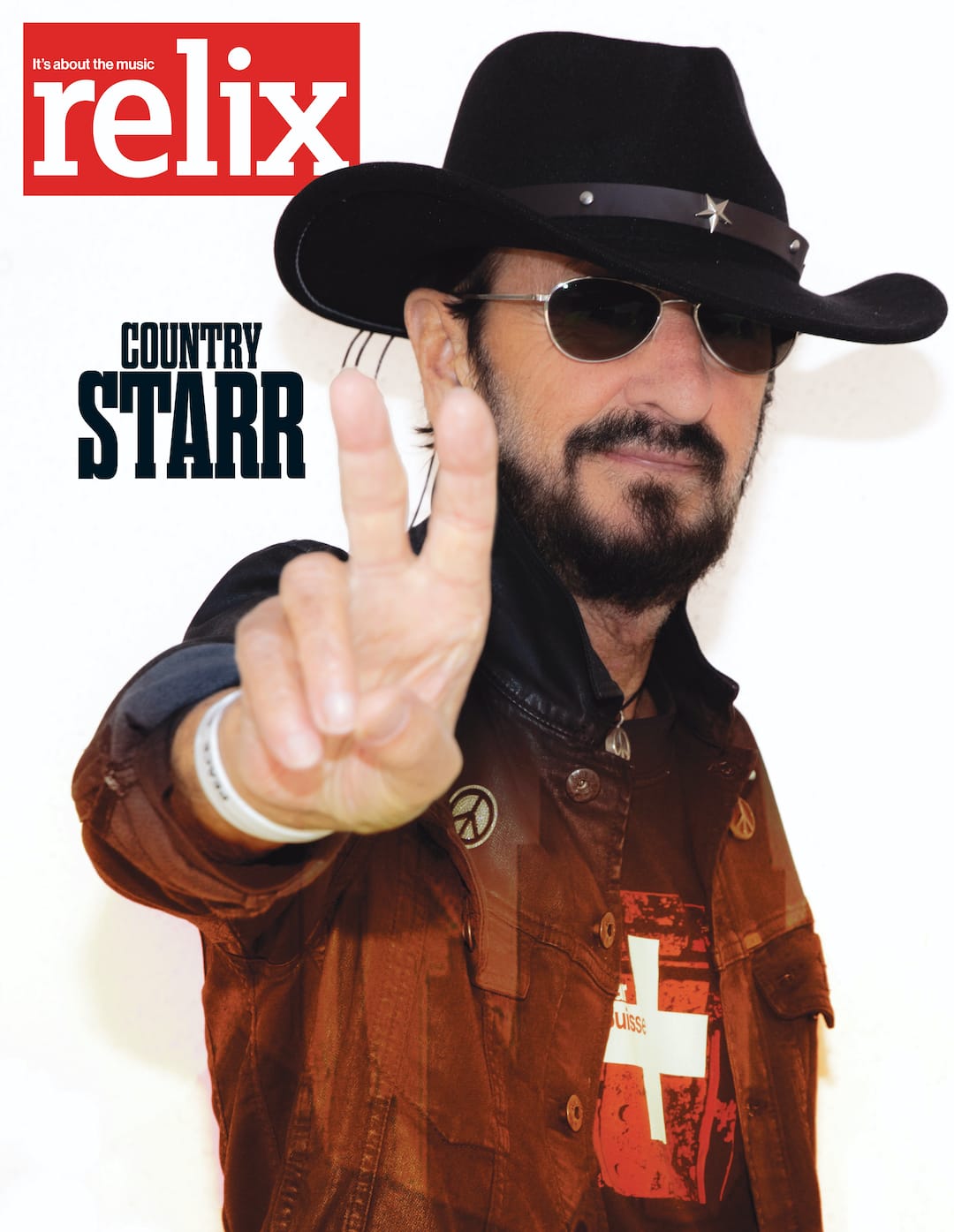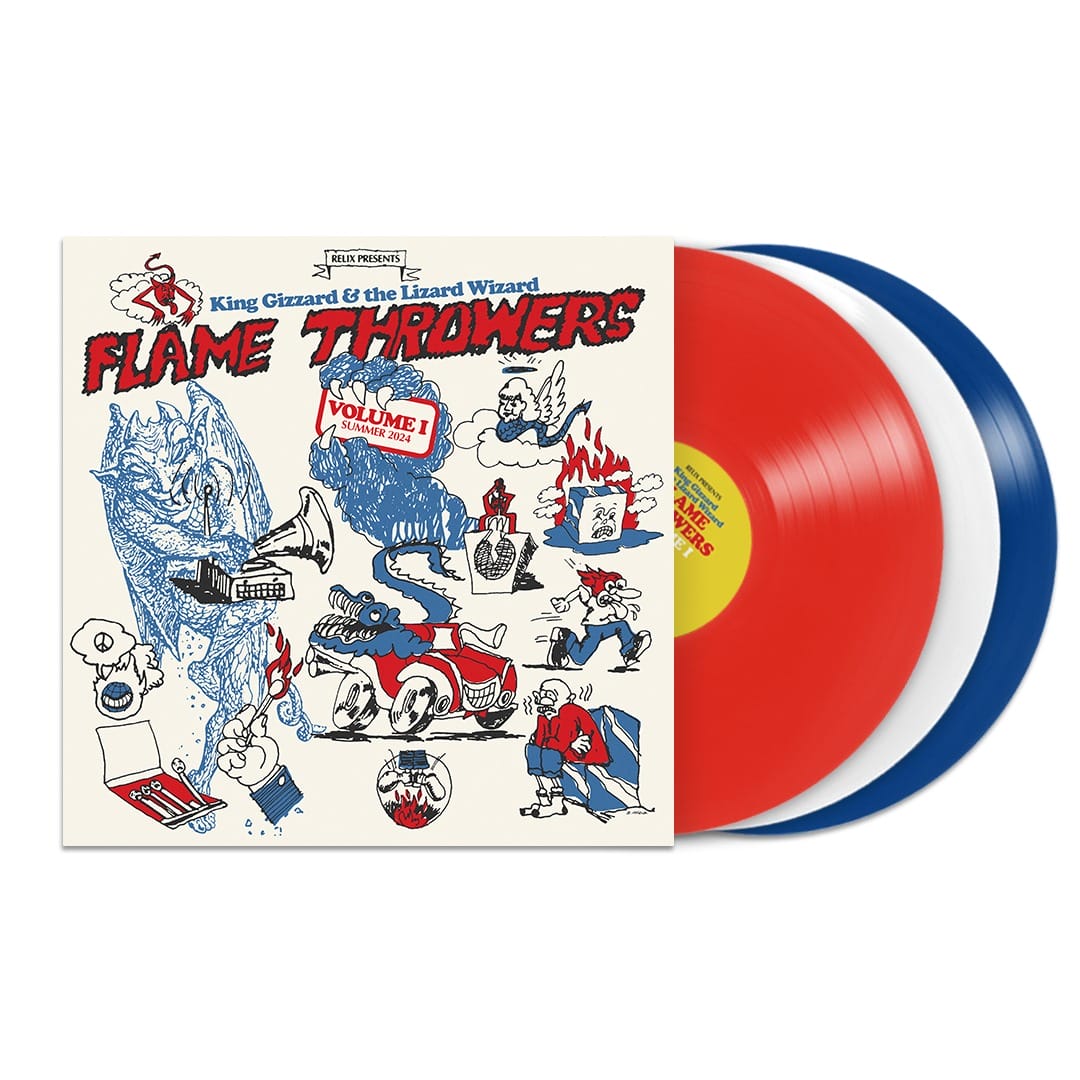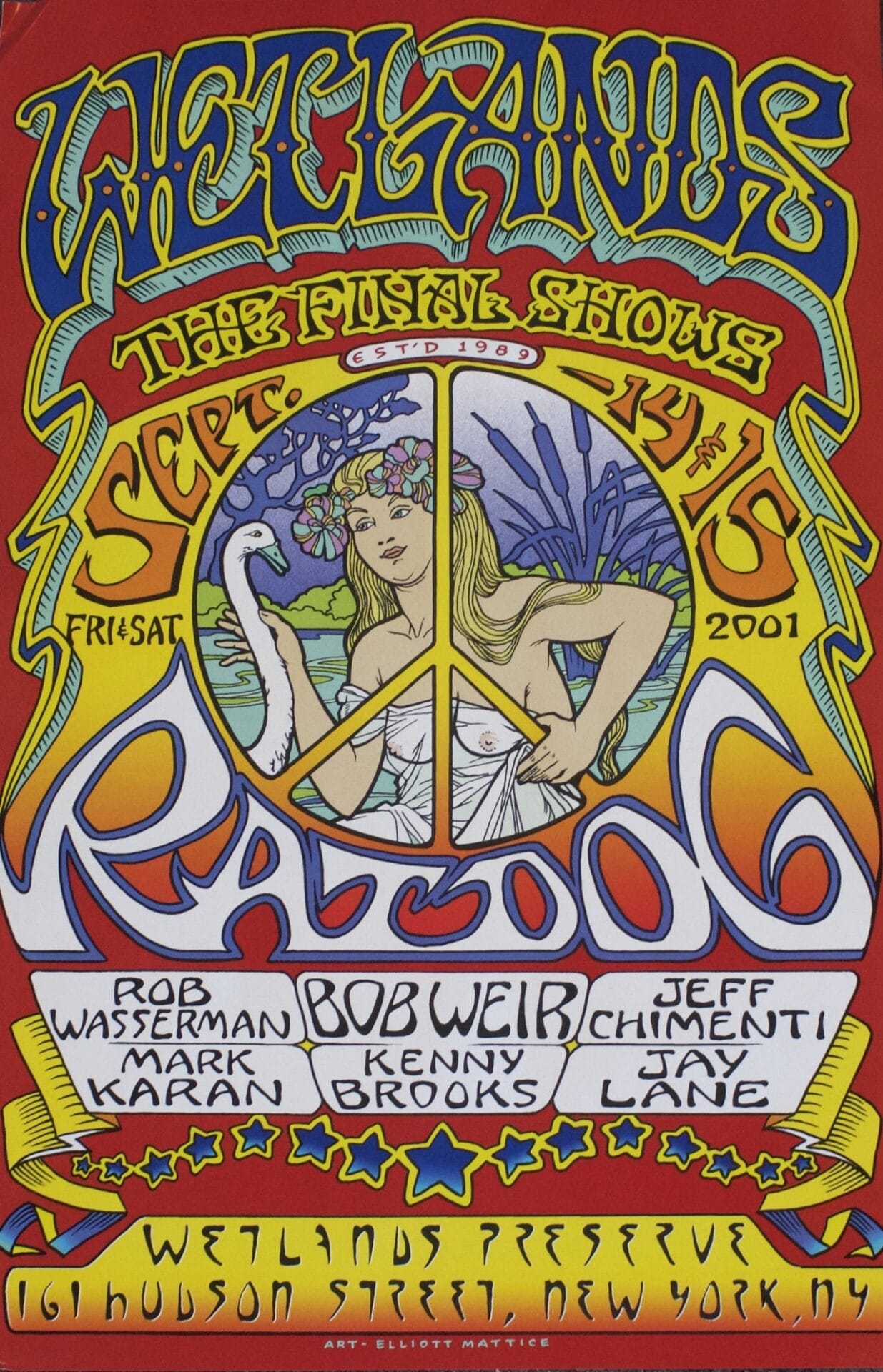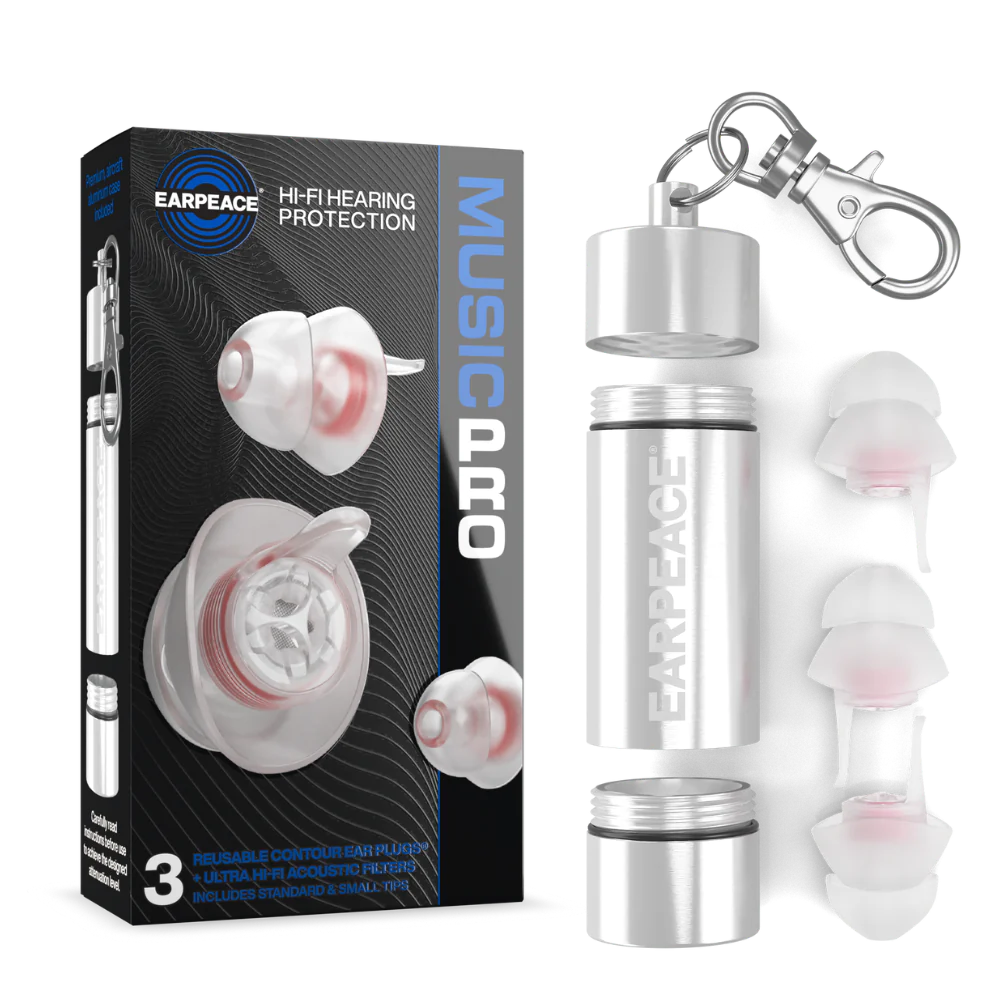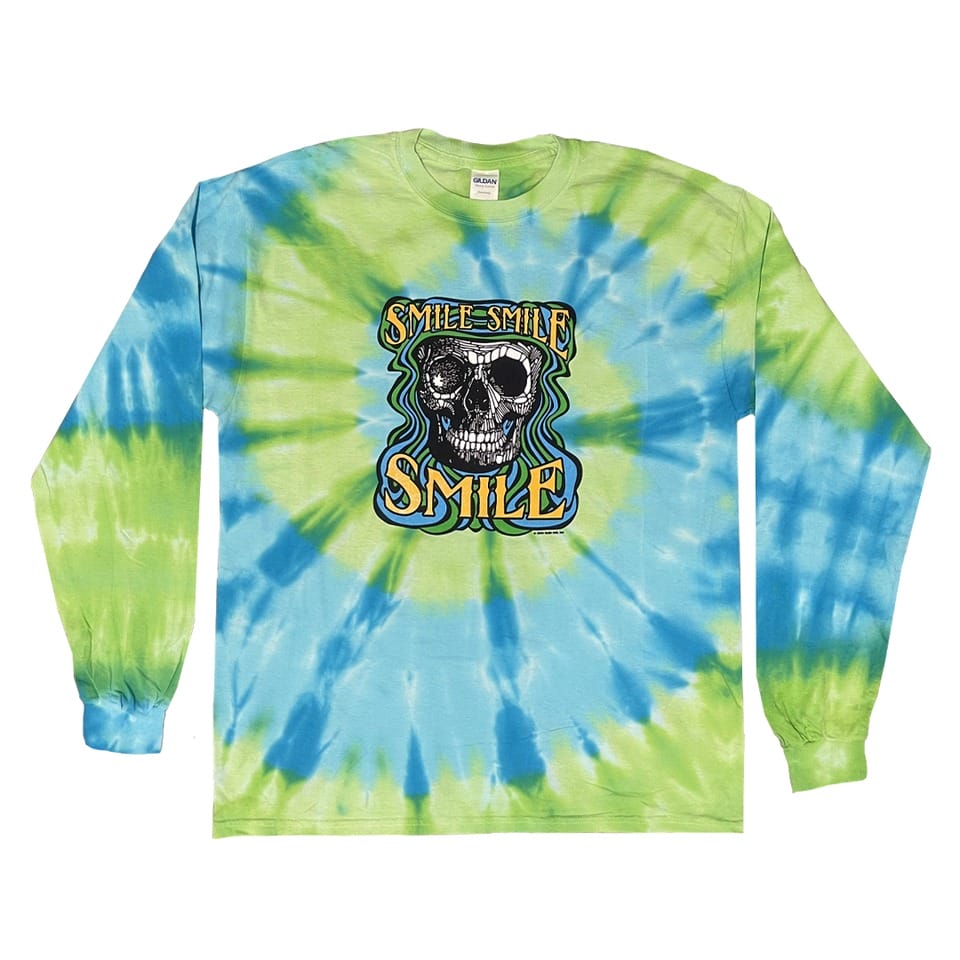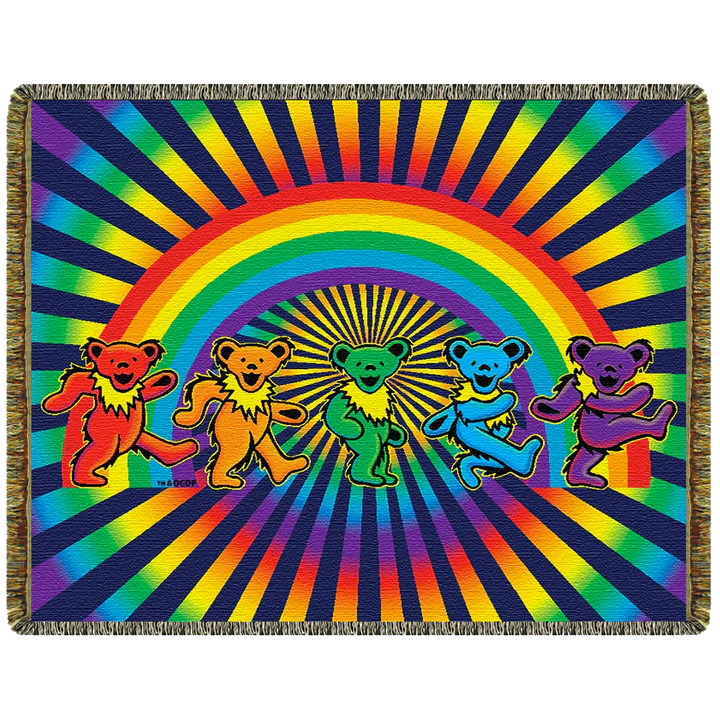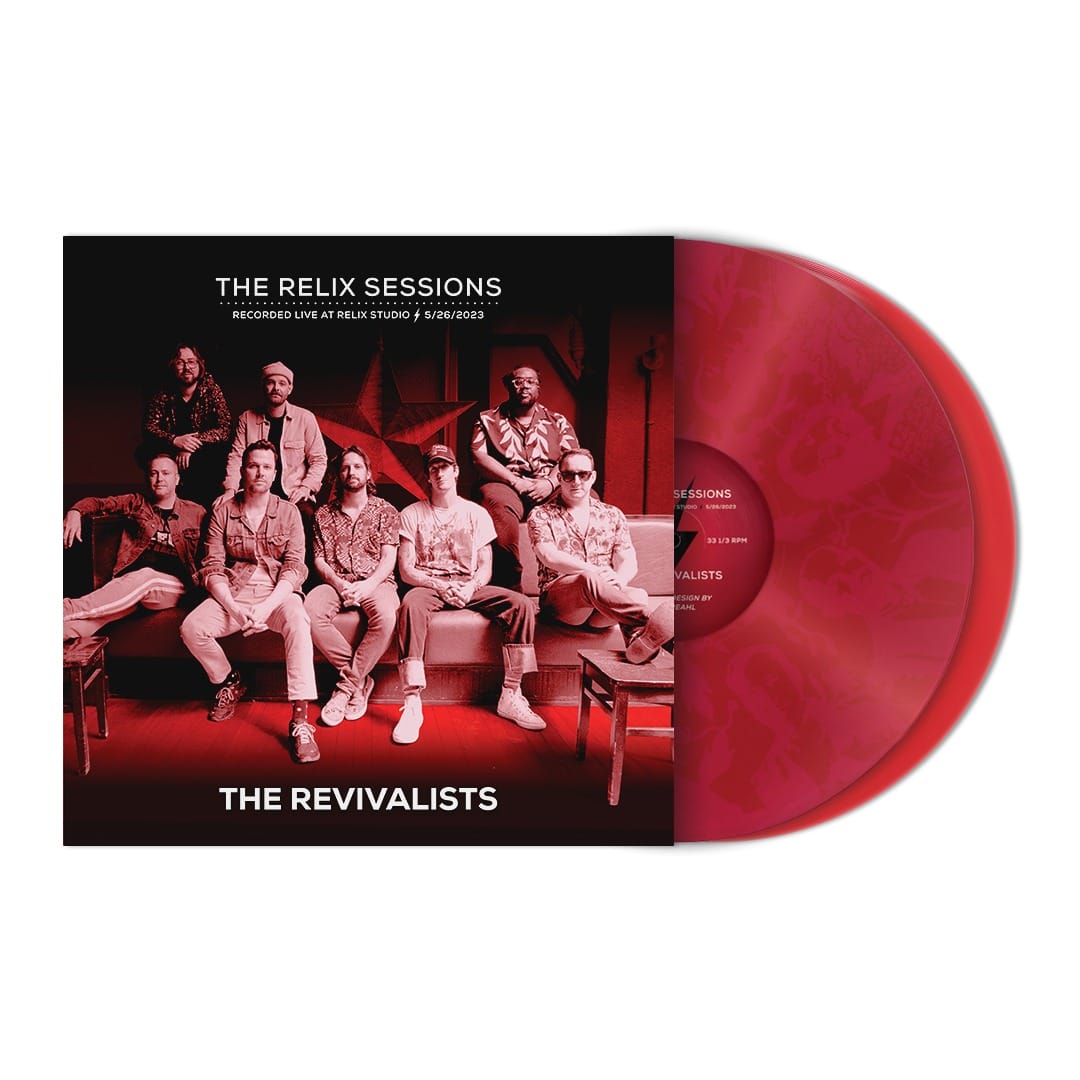Spotlight: Black Joe Lewis & the Honeybears

Black Joe Lewis & the Honeybears’ latest, The Difference Between Me & You, begins with a greasy stomper titled “Nothing but a Cliché.” It’s a potent album starter, administering another dose of Lewis’ trademark, but atypical, brand of the blues. The howling vocal, rife with intensity, wears a coat of slapback delay; the retro effect thickens a cathartic crescendo of pent-up anger released in growling shouts.
Lewis, in conversation, is anything but angry. Instead, the singer/guitarist is witty, candid and self-deprecating. In the video for one of the album’s singles, “Girls on Bikes,” in fact, he is all smiles, on the run through the streets of his Austin, Texas home base chased by, yes, girls on bikes. When asked how he’s been doing, without pretense, Lewis answers, “Just paying bills and eating, man. That’s it.”
Ten years ago, Black Joe Lewis & the Honeybears were on everyone’s list of bands to watch. Their stripped-down sound wasn’t just inflammatory—it was a Zippo and a can of gas in the hands of a pyromaniac.
The sextet never asked for the swarm of hype that arrived almost immediately, and they were wise enough to be leery of it. By his own description, Lewis was just getting started—he was still more of a screamer than a singer and a relative newcomer on guitar. “You want everything you can get but, at the same time, I was worried because we were so new,” says Lewis. “It would’ve been cool to have the buzz later on, but you can’t turn it down.”
After a pair of critically lauded albums, the major-label deal went away. In 2013, Lewis publicly discussed dropping “& the Honeybears” from the group’s title. Their manager said it would confuse their fans, and it did. “It’s the same band,” Lewis explains. “We just never really liked the name.”
Lewis and his group issued 2017’s Backlash on an indie imprint, but then self-released The Difference Between Me & You in 2018. The 13-song collection marks a progressive advance, ambitiously including their take on Wilco’s “Handshake Drugs.” (Although they considered an even more daring idea: covering Sade.) And, the album’s art, while still displaying the Honeybears moniker, does so in a conspicuously small font.
The lyrics on the record probe deeper and are more personal. Lewis’ screaming has morphed into purgative singing—a torn-leather hybrid of Otis Redding and The Clash’s Joe Strummer. He’s playing guitar with more depth, as well, with stabs of jumpy soul melding with fuzzing flame-ups. “It’s the pinnacle of what we’re doing,” he says.
For Lewis, the intersection of blues and punk is not as incongruent as it may appear. Both are born of the disenfranchised: the former, created as a salve for the sufferers of slavery, then of poverty in the American South; the latter, a means of protest for the socially and economically marginalized in late-‘70s Great Britain.
Lewis grew up poor in the Southwest and finds equal value in the pair of genres as methods for coping, seeing the two styles of music as interchangeable. It seems inevitable that the DIY ethos of punk, not to mention the deconstruction of the record biz as a whole, would spur the band to declare their independence.
Their newfound freedom arrived with its own costs, however, and Lewis found getting the word out to be a challenge. He notes that rock-and-roll has taken a hit in recent years; the popularity of hip-hop and electronic music have pushed the roots band, driven by guitar and horns, to the fringes of airplay. And that’s not to mention the ubiquity, and necessity, of social media.
“Girls on Bikes” filming fun aside, Lewis dislikes making videos or doing photo shoots. He wants to cook and fish, not promote a new album by posting pictures of himself cooking and fishing. It’s hard to make that look cool, he says. The once low-rent slacker mecca of Austin, too, has been turning more corporate and “scene-driven.”
“Every day, I think, ‘How am I going to keep this thing going?’” Lewis says.
And, there’s no one to play the role of villain the way a record label can when things don’t go as planned. “There’s a lot of uncertainty with the record business,” Lewis laments. “Musicianship doesn’t go as far as it used to.”
Lewis admits they quickly jumped back into recording. The typical two-year cycle between albums seemed too long to wait to have a product to promote. The Difference Between Me & You got the group back on the road, doing six weeks of shows in late-2018, with more dates scheduled for 2019.
The plan that the band has mapped out for the year includes playing live as much as possible. Really, that’s all Lewis cares about. “We’ve never been a part of anyone’s scene,” he says. “All we want to do is keep plugging, putting out our best music and see where it goes.”
This article originally appears in the January/February 2019 issue of Relix. For more features, interviews, album reviews and more, subscribe here.


